414-410-9581
414-410-9581
JavaScript is disabled in your browser. For our website to function properly, you must enable JavaScript. If you do not enable JavaScript, certain features will not function correctly.
99% of customers
would refer us to friends
4.98 stars - based on 86 reviews
The overall health of your tires affects your driving, so maintaining proper tire inflation is essential to vehicle handling, overall tire performance, good fuel efficiency, and load carrying capability. A properly inflated tire will reduce tread movement (giving your tire a longer life), reduce rolling resistance (increases fuel efficiency), and increases water dispersion (decreases the possibility of hydroplaning).
Both over-inflation and under-inflation can cause premature tread wear and possible tire failure.

Tip to Remember: Checking the inflation pressure in your tires is an important part of routine tire service, especially for your safety and that of others.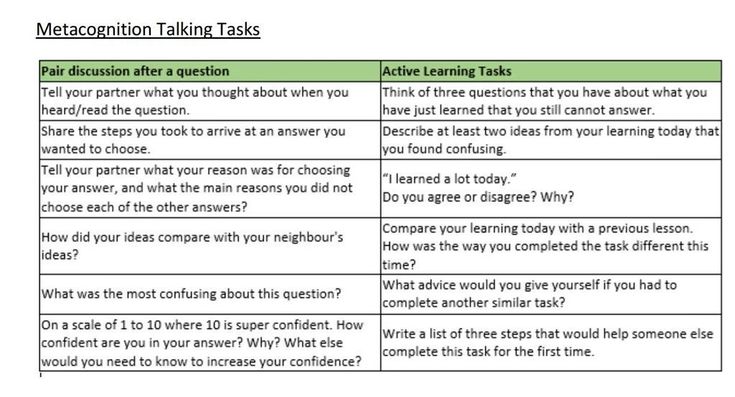 Check tire pressure once a month, and before a long trip or when carrying an extra load.
Check tire pressure once a month, and before a long trip or when carrying an extra load.
Looking for quality tire service? Contact our ASE Certified technicians at Expert Car Care today for more information about the warnings signs of low tire pressure and to schedule an appointment. Our auto shop proudly serves residents in the community of West Allis, WI, and surrounding area.
Are you noticing any warning signs of low tire pressure? Ask your auto mechanic about the tire service offered at their auto shop and schedule an appointment today.
06
Apr
2018
The overall health of your tires affects your driving, so maintaining proper tire inflation is essential to vehicle handling, overall tire performance, good fuel efficiency, and load carrying capability. A properly inflated tire will reduce tread movement (giving your tire a longer life), reduce rolling resistance (increases fuel efficiency), and increases water dispersion (decreases the possibility of hydroplaning). Both over-inflation and under-inflation can cause premature tread wear and possible tire failure.
Both over-inflation and under-inflation can cause premature tread wear and possible tire failure.
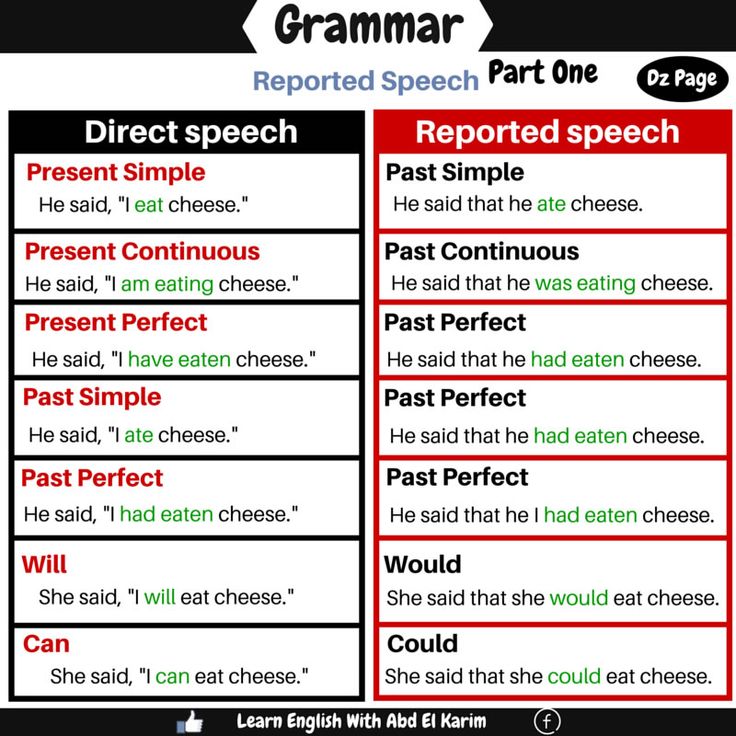
Tip to Remember: Checking the inflation pressure in your tires is an important part of routine tire service, especially for your safety and that of others. Check tire pressure once a month, and before a long trip or when carrying an extra load.
Check tire pressure once a month, and before a long trip or when carrying an extra load.
Looking for quality tire service? Contact our ASE Certified technicians at Expert Car Care today for more information about the warnings signs of low tire pressure and to schedule an appointment. Our auto shop proudly serves residents in the community of West Allis, WI, and surrounding area.
Ben Marjamaa
Ben Marjamaa
Have you ever asked yourself this question: "How do I check the tire pressure without a gauge?"
If yes, then look no further!
This article will reveal seven practical ways of checking the pressure of your tires when you do not have a gauge at hand.
Also, you will know how often you should check your tire pressure, when to tell if your tires are underinflated, and many more.
Low tire pressure causes the rapid loss of tire tread depth in less time than usual. This is because the tires endure more weight and force than when they are correctly inflated. Underinflated tires may also cause poor handling of the car.
Overinflated tires can lead to a blowout during a ride. Regular pressure checks prevent accidents caused by blowouts and poor maneuverability of the car.
To Improve Fuel EconomyTire pressure checks enhance the fuel economy of your car. Low-pressure tires require more propelling power to get going. This indicates that your vehicle will burn extra fuel to supply the energy needed to move your underinflated tires. So you may notice that you're purchasing gas more often than you should.
To Avoid Uneven Tire WearUnderinflated tires carry the weight of your vehicle more than the other adequately inflated tires. If the tire pressure is too low, too much of that tire's surface area touches the road, which increases friction. Increased traction may cause the tire to overheat, which can lead to premature wear. Regular checks ensure the uniformity of tire wear.
If the tire pressure is too low, too much of that tire's surface area touches the road, which increases friction. Increased traction may cause the tire to overheat, which can lead to premature wear. Regular checks ensure the uniformity of tire wear.
The pound-force/square inch is the unit used to measure air pressure in your tire. It lets you know how much inflation pressure your tire can withstand. The driver's manual usually provides this information. You may also notice it on the driver's side of the doors.
The number usually suggests the lowest pound-force per square inch at which the tire must be inflated. But you may vary it as you think necessary.
The more the vehicle can carry, the more pressure is needed for proper functioning. The suggested PSI for small cars like minivans and sedans ranges between 27 and 32. But those tires can reach 40 if necessity demands so. SUVs and trucks have a PSI of about 45 and more because their tires need more inflation pressure to carry the vehicle's weight properly.
SUVs and trucks have a PSI of about 45 and more because their tires need more inflation pressure to carry the vehicle's weight properly.
Take note that some models of pickup trucks have different PSI for the front and rear tires. Check your manual to be sure.
Thumb CheckYou can use your thumb to check the pressure of your tire. All you have to do is push your thumb down on the tire to feel the pressure. Underinflated tires will be soft. You will find your tires to be extremely stiff if they are overinflated. The tire pressure is proper if your tire is not too soft or too stiff as mentioned above.
Mass Over Wheels CheckThis method is based on checking the level of deformity of the tire once you mount weight on your tires. What you do is to put weight on the tires, and then notice the level of deformity of the tire. Tires with low pressure get deformed by 10% - 15% change. If you see that much difference, you need to inflate your tires a little more. As you add pressure, check gradually to see that the tires do not become extremely stiff.
As you add pressure, check gradually to see that the tires do not become extremely stiff.
For this method, you need a pavement or a road with a flat surface. You need to apply ink or some other marking substance to your tires. After that, make marks on the road by driving the car slightly. After the drive, pay attention to the trail that your tires made. A comparison of the trail will reveal some differences. Low-pressure tires tend to leave a streak when compared with others.
Inflate the underinflated tires a little more and repeat the test until the moderate pressure is reached.
Cargo CheckThis test works with cargo. Load some cargo on the car and notice how the tires might get weighed down.
Cargo will logically weigh down any low-pressure tire of your vehicle. If you notice that one side of the car bears the cargo load more than the other, it means you have low-pressure tires that need more air pressure. Find the underinflated tires and add more air to even the distribution of the weight.
Find the underinflated tires and add more air to even the distribution of the weight.
But ensure you check and return the tires’ Pound-force Per Square Inch (PSI) to normal by adding more air pressure after you remove the cargo.
Hand Pressure CheckTo check your tire pressure with your hand, push your palm down on the tire to feel the pressure. Low-pressure tires are usually soft and cushiony, while overinflated tires are incredibly stiff.
If it feels soft, inflate the tire with more air. Check pressure with your palm gradually as you add air to it. If the air pressure is too much, press the stem on your tire’s air nozzle until a slight push over the tire is possible.
Eye Observation CheckTo check your tire pressure with this method, you must first park your car on a plane surface. After parking it, check the tires of your vehicle from both sides. What you are looking out for is a bulge; a round swelling from any side of the tire.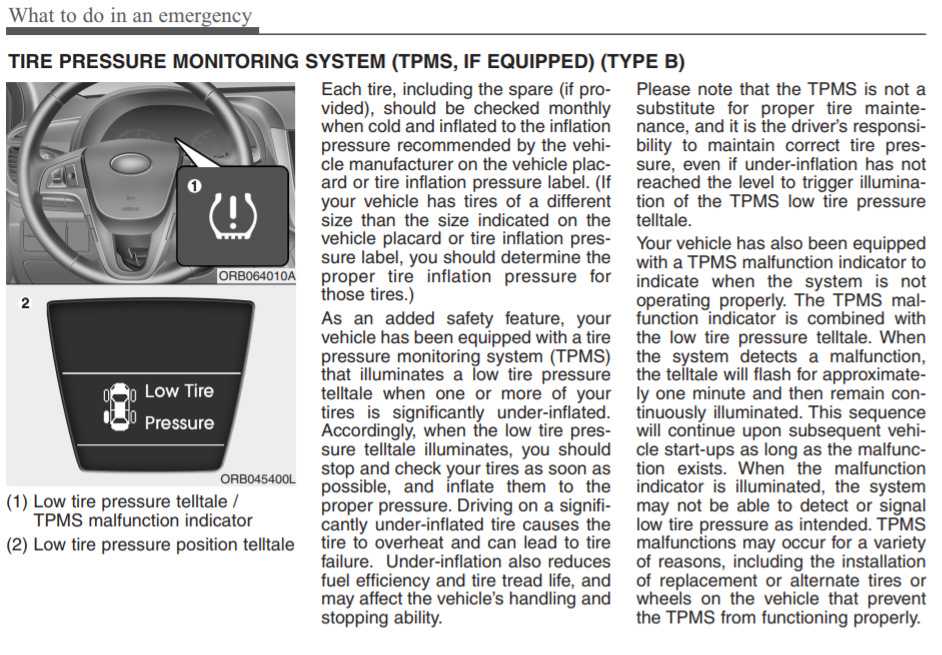
A bulge of more than ten millimeters on both sides shows that your tire pressure is low. You may have to pump the tires before taking the vehicle out. Inflate the tires until it is hard but not extremely hard.
How Often Should You Check Your Tire Pressure?Car manufacturers recommend that you check at least once a month. But safety and other reasons may make you have to examine your tire pressure more frequently.
Ideally, you should visually observe your tire pressure every time you approach your car.
Try to regularly check your tire pressure when you visit the gas station.
If you hit a curb or run over a sharp object, you may also have to check your tire pressure.
How Do You Know If Your Tire Pressure Is Low?Some recent vehicle models have a warning light in the dash to alert you. The warning light is a component of the Tire Pressure Monitoring System of your vehicle. The light comes on to warn you that your tires could be underinflated.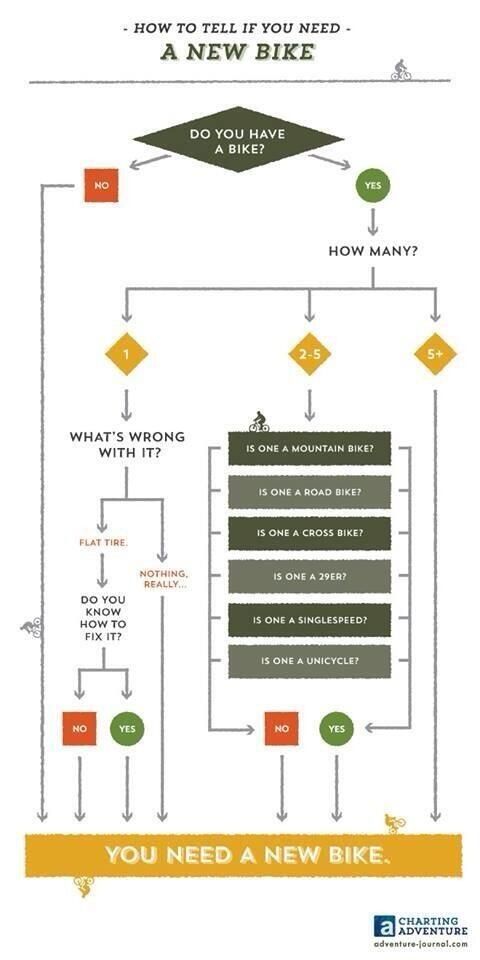
If your car does not have a caution light for low tire pressure, a regular check will help you know if your tire pressure is too low.
Difficulty in the car's maneuverability or losing speed is also a sign that the tire pressure may be low.
Is It Safe To Drive With Low Tire Pressure?It, it isn’t. It is dangerous to drive with low tire pressure, especially at high speeds. You could lose control of your vehicle. More seriously, driving with low tire pressure could also cause a blowout or an accident.
ConclusionDriving with the correct tire pressure is very important because you can protect your safety and the safety of other road users. It also saves you money because your tires wear evenly, and your fuel economy is optimal.
If you do not have a gauge with you, the reliable steps above-mentioned work just fine.
Guest Author: Tim Miller
I’m Tim Miller, an auto mechanic and the Editor-in-chief at obdadvisor. com. I love writing to share my experiences and expertise. Many articles about car repair, car parts and tools reviews can be found on my website. Get connected with me on Facebook, Twitter and Linkedin.
com. I love writing to share my experiences and expertise. Many articles about car repair, car parts and tools reviews can be found on my website. Get connected with me on Facebook, Twitter and Linkedin.
Some people prefer classic tires with a standard profile, while others give narrow profile tires. What justifies the choice of low profile rubber, what features does this type of tuning have, what advantages and disadvantages can be identified? We talk about all this in detail in the article.
To determine whether a tire has a low or standard profile, it is necessary to measure three parameters - the height, the width of the profile, and the diameter of the disk itself. The complexity of the selection of tires lies in the fact that these parameters are interconnected. That is, by changing one value, it is necessary to adjust other values according to the manufacturer's recommendations.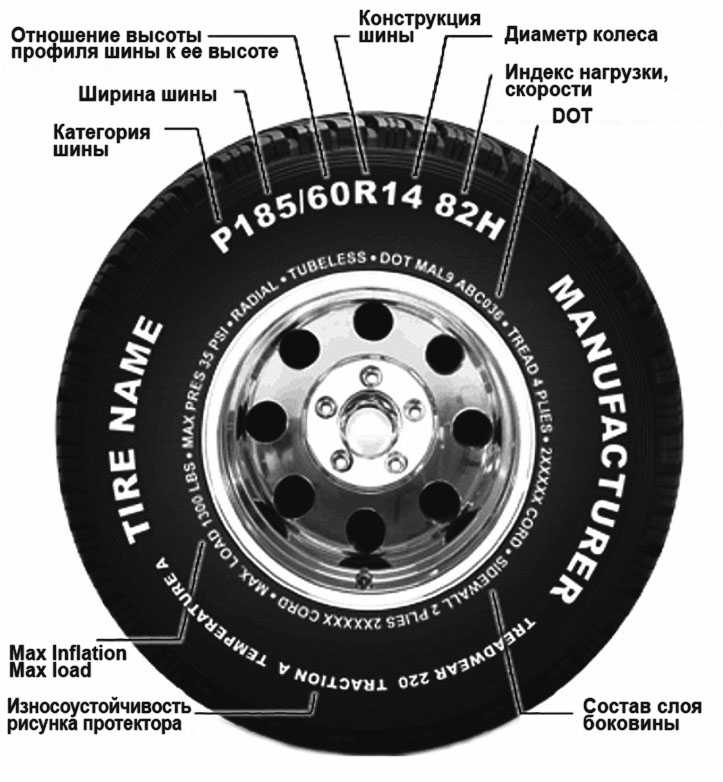 nine0003
nine0003
The calculation formula is: Height/Width * 100%.
The values obtained show the relationship between the two quantities, but are not the absolute result of the calculations. That is, when choosing tires for an off-road vehicle, we can only say with certainty that the sidewall height of 205/55 R17 will be lower than that of 225/55 R17.
What is narrow profile tyre? This is a tire in which the height of the sidewalls, when measured from the roadway to the disk, has a minimum value in relation to the width. nine0003
Narrow profile tires differ even in appearance from classic tires. To find out the main parameters, you need to look at the side surface, where a special marking is applied. For example, consider the standard tire marking 205/55 R17:
 In our case, the height is 205 * 0.55 = 112.75 mm; nine0024
In our case, the height is 205 * 0.55 = 112.75 mm; nine0024 Low profile tires have a height to width ratio of 0.55 or less. In the above example, the tire marking is already considered narrow-profile. It is allowed to lower the profile as much as possible to a ratio of height and width of 0.2.
Low-profile wheels also differ in the index of permissible speed. This value is indicated in the marking on the sidewall. If standard tires have a limit of 190 km / h, then narrow-profile - 210 km / h. In such tires, the presence of a stiffener is mandatory, which protects the car disk from deformation.
As a rule, such tires are installed on a car to improve sports performance. The car moves faster, improves dry grip. In addition, a narrow profile is used for tuning cars. If you want to change your car and highlight it from the same type of flow, then this is one of the possible solutions. nine0003
If you want to change your car and highlight it from the same type of flow, then this is one of the possible solutions. nine0003
As for the proper operation of such rubber, drivers have a lot of questions. For example, what pressure should be in low profile tires? In many tire services, they simply do not know how to pump low-profile tires and, in order to be safe, they make tire pressures of 2.1-2.2 atm. As a result, the car drives on half-flat tires.
On average, it is recommended to pump at least 2.6 atm into tires for passenger cars. Depending on the parameters of the tire, the pressure of off-road tires can be 2.7-2.9atm.
Another common question is low-profile winter tires. Is it possible to use such rubber in winter or is it better to put the standard one? Winter tires differ from summer tires in the material of manufacture (softer), the presence of spikes, and the tread pattern. Accordingly, a narrow-profile tire is not suitable for driving in ice, heavy snow or on uneven and slippery roads.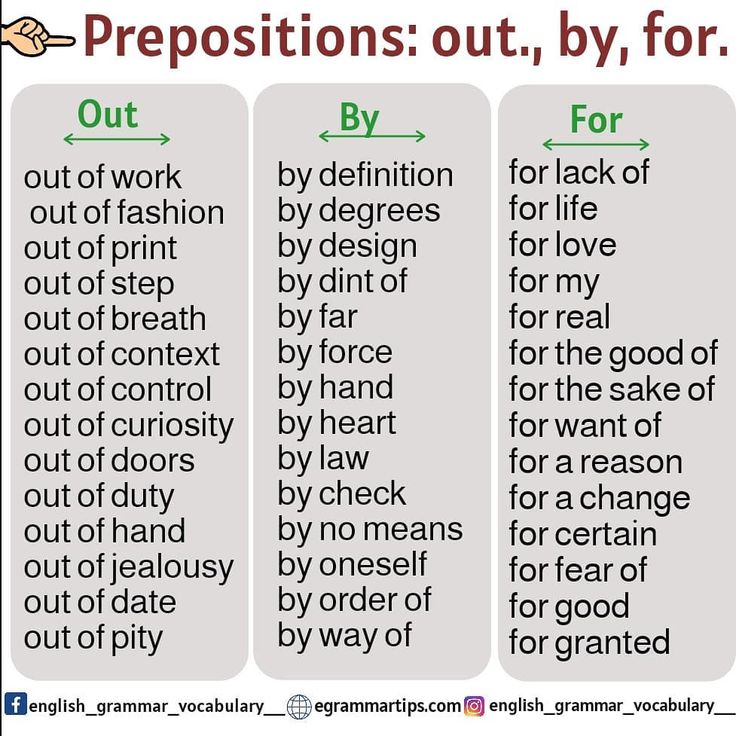 The wheels simply will not withstand the "surprises" of winter, and any unevenness will be given into the hands of the driver. nine0003
The wheels simply will not withstand the "surprises" of winter, and any unevenness will be given into the hands of the driver. nine0003
Low-profile off-road tires are on sale, and manufacturers also produce winter off-road tires. In any case, you should carefully consider the choice of such tires for operation in winter or in difficult road conditions.
Summer Drive Protection Run On Flat
Rating:
4.5
Tires Goodyear Eagle F1 Asymmetric
Summer Drive protection
Rating:
4.5
Tires Goodyear Eagle Sport TZ
Summer Drive Protection Run On Flat
Rating:
4. 5
5
Tires Goodyear EfficientGrip Performance
Summer Drive protection
Rating:
5
Tires Goodyear EfficientGrip Performance 2
All season Drive Protection Run On Flat
Rating:
4.5
Tires Goodyear Vector 4Seasons Gen-2
All season Drive Protection Run On Flat
Rating:
4.5
Tires Goodyear Vector 4Seasons Gen-3
Tires Goodyear UltraGrip Arctic 2
Winter Drive Protection Run On Flat Sound Comfort
Tires Goodyear UltraGrip Performance+
Winter Drive protection
Tires Goodyear UltraGrip Ice 2+
Consider a few of the main advantages of rubber with a narrow profile:

In addition to the advantages, tires with such a profile have a number of disadvantages. Consider the main ones: nine0003
It is necessary to highlight such a minus - the complexity of installation. It is impossible to install tires on your own. At least special equipment is required, but not all workshops have it. Also, the tire design itself adds a “smut” when choosing wheels. Often, tires simply do not meet factory requirements.
We examined what a narrow profile tire is. We learned what it is used for, studied the features of operation in summer and winter, determined how much atmosphere should be pumped into the tire. Finally, we got acquainted with the main advantages and disadvantages of tires. nine0003
Finally, we got acquainted with the main advantages and disadvantages of tires. nine0003
Article author: Goodyear team
Many drivers prefer summer tires to look more impressive than winter tires. It is for this reason that wider and lower tires are chosen for the summer period, while narrow tires are usually used in winter. The choice of tires affects the appearance of the car, driving comfort and many other characteristics. nine0003
Narrow tires are cheaper, but wider ones look better
Tire width affects tire cost and a number of other characteristics such as traction, noise level, driving comfort and appearance.
Replacing narrow tires with wider ones generally increases rolling resistance and therefore slightly increases fuel consumption. With summer tires, the size is also a matter of aesthetics - it is believed that a wide tire looks better than a narrow one. nine0003
With summer tires, the size is also a matter of aesthetics - it is believed that a wide tire looks better than a narrow one. nine0003
“If the driver wants to change to a larger rim diameter, the tire profile needs to be reduced. This will keep the outside diameter of the tires within acceptable limits and give the tires enough room to spin,” explains Matti Morri, Head of Technical Customer Support at Nokian Tires.
The profile of a tire is the ratio of the height of a tire to its width. Since narrow high profile tires are the most popular, they are produced in greater numbers than wide low profile tires. This is one of the reasons why narrow tires are usually cheaper than wider ones. nine0003
Both types of tires have their advantages
Driving comfort depends in particular on the amount of air in the tyres. The larger the disc diameter, the less air will fit in the tire. High profile tires with more air space are more comfortable than wide low profile tires.
From a safety point of view, both types of tires have their advantages: on dry roads, wider tires will provide better grip than narrow ones, but wide tires increase the risk of aquaplaning. nine0003
“In extreme winter conditions, it is narrow tires that perform better on the road, since they provide a higher surface pressure on the road surface. In addition, on loose snow and wet roads, narrow tires perform better than wide ones. Wider tires, in turn, have better grip on hard surfaces,” says Matti Morri.
When purchasing tires, follow the vehicle manufacturer's recommendations. Information about the recommended tire size and other parameters can be found on information badges/stickers located on the car body: in the driver's doorway or on the back of the gas tank hatch. nine0003
What information does the tire label contain?
For example, a tire might be marked 205/55 R16 94V XL. Here's how to read these values:
205: Tire width in millimeters at normal pressure.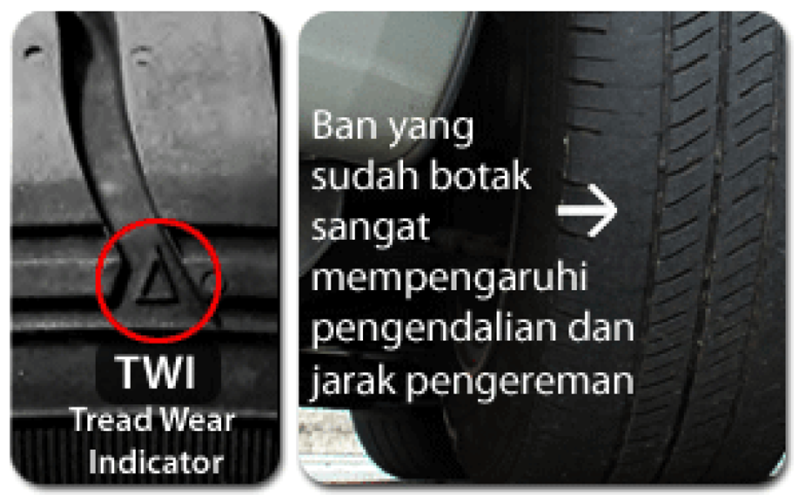 The tread width will always be smaller and varies by tire model and manufacturer.
The tread width will always be smaller and varies by tire model and manufacturer.
55: Tire profile or tire height/width ratio. For example, the number 55 means that the height is 55% of the width. The lower the number, the lower the profile of the tire. nine0003
R: Tire construction. The letter R stands for radial tires used on all passenger cars.
16: Disc diameter in inches.
94: Tire load index. The number 94 means that one tire can carry a maximum load of 670 kg at normal pressure. Smaller numbers mean lower bearing capacity.
V: Nominal or maximum allowable speed for the tire. For example, the letter V means that when using this tire, it is forbidden to drive at a speed of more than 240 kilometers per hour. nine0003
XL: If the marking ends with "XL" (extra load), this means that the tire has a reinforced carcass and can carry more load than a normal tire of this type.